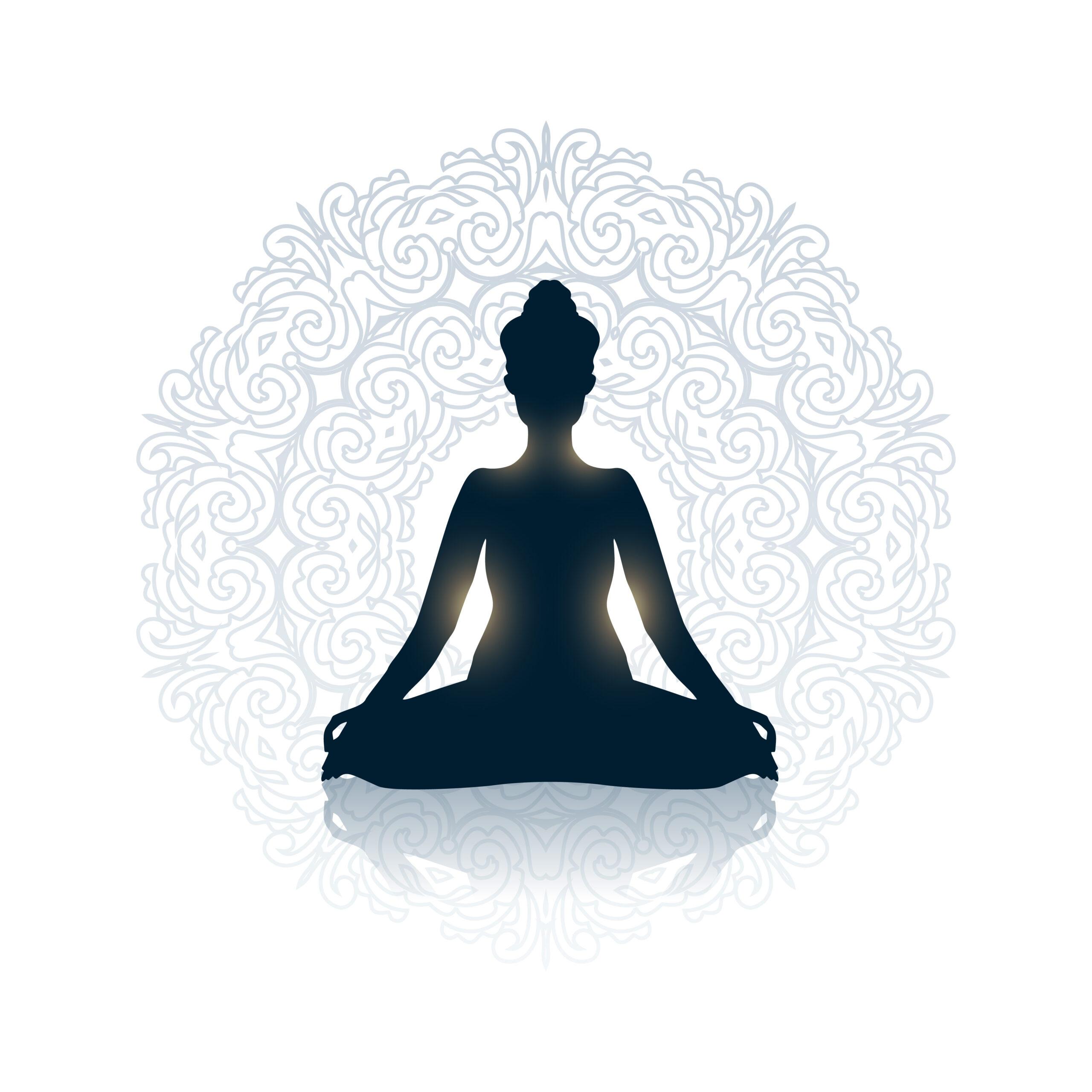Introduction:
In today’s fast-paced and hectic world, finding inner peace and clarity is becoming increasingly important for our overall well-being. The practice of meditation offers a powerful tool to achieve a calm and focused mind, enabling us to navigate life’s challenges with greater ease. There are various types of meditation techniques, each offering unique benefits and approaches to quieting the mind and finding inner peace. In this comprehensive guide, we will explore different types of meditation, their techniques, and how they can help you attain a state of deep relaxation, heightened self-awareness, and inner tranquility.
Section 1: Mindfulness Meditation
1.1 Understanding Mindfulness: Mindfulness meditation is rooted in the practice of being fully present in the moment. It involves observing thoughts, feelings, and sensations without judgment, cultivating a non-reactive awareness of the present moment. By practicing mindfulness, we can reduce stress, increase self-awareness, and develop a greater sense of clarity.
1.2 Mindfulness Meditation Technique: To practice mindfulness meditation, find a quiet and comfortable space. Sit in a relaxed posture, close your eyes, and bring your attention to your breath. Notice the sensation of each breath as it enters and leaves your body. When thoughts arise, gently acknowledge them without judgment and bring your focus back to the breath. Over time, this practice cultivates a state of mindful awareness that can be carried into daily life.
Section 2: Loving-Kindness Meditation
2.1 Cultivating Compassion: Loving-kindness meditation, also known as metta meditation, involves developing feelings of love, compassion, and goodwill towards oneself and others. This practice helps cultivate a sense of connectedness, fosters positive emotions, and enhances relationships.
2.2 Loving-Kindness Meditation Technique: Begin by finding a comfortable position and closing your eyes. Generate feelings of love and warmth towards yourself, repeating phrases such as “May I be happy, may I be healthy, may I live with ease.” After cultivating self-compassion, extend these wishes to loved ones, acquaintances, and even difficult individuals. Visualize sending love and kindness to each person, repeating phrases tailored to them. This practice nourishes the heart and expands our capacity for empathy and understanding.
Section 3: Transcendental Meditation
3.1 Transcending Ordinary Consciousness: Transcendental Meditation (TM) is a technique that involves silently repeating a mantra, a specific word or sound, to transcend ordinary thinking and enter a state of deep rest and relaxation. It aims to access the innermost level of consciousness, promoting clarity and rejuvenation.
3.2 Transcendental Meditation Technique: To practice TM, find a quiet space and sit comfortably with your eyes closed. Repeat your chosen mantra silently, allowing it to occupy your mind. As thoughts arise, gently return your attention to the mantra, without effort or analysis. Practice for 20 minutes, twice a day, to experience the profound restorative benefits of this technique.
Section 4: Guided Visualization Meditation
4.1 Harnessing the Power of Imagination: Guided visualization meditation involves creating vivid mental images to evoke specific emotions and experiences. It enhances relaxation, fosters creativity, and helps manifest positive changes in our lives.
4.2 Guided Visualization Meditation Technique: Find a quiet space where you can relax and focus your attention. Listen to a guided meditation recording or follow a script that leads you through a visualization journey. Imagine yourself in a serene environment, such as a peaceful garden or a tranquil beach. Engage all your senses, noticing the sights, sounds, smells, and textures around you. Allow yourself to fully immerse in this experience, embracing the positive emotions it evokes.
Section 5: Body Scan Meditation
5.1 Cultivating Mind-Body Connection: Body scan meditation involves systematically focusing attention on different parts of the body, cultivating awareness of physical sensations, and releasing tension. This practice promotes relaxation, mindfulness, and self-compassion.
5.2 Body Scan Meditation Technique: Lie down or sit in a comfortable position, allowing your body to relax. Starting from the top of your head, slowly scan down your body, noticing any sensations or areas of tension. As you bring awareness to each body part, gently release any tension or discomfort by consciously relaxing the muscles. Continue the scan until you reach your toes, experiencing a sense of deep relaxation and connection with your body.
Section 6: Kundalini Meditation
6.1 Awakening the Spiritual Energy: Kundalini meditation involves using breathwork, chanting, and specific movements to awaken and channel the dormant spiritual energy located at the base of the spine. It aims to elevate consciousness, expand awareness, and promote spiritual growth.
6.2 Kundalini Meditation Technique: Sit in a comfortable position with a straight spine. Focus on your breath, taking slow and deep inhalations and exhalations. Incorporate repetitive movements, such as arm rotations or spinal twists, synchronized with the breath. Chanting mantras, such as “Sat Nam” or “Om,” can also be integrated into the practice. The combination of breath, movement, and sound helps awaken and direct the flow of Kundalini energy, leading to a heightened state of awareness and expanded consciousness.
Section 7: Walking Meditation
7.1 Meditative Movement: Walking meditation is a dynamic form of meditation that combines mindfulness and movement. It offers a way to cultivate awareness and presence while engaging in the rhythmic motion of walking. It can be practiced indoors or outdoors, providing a refreshing change from seated meditation.
7.2 Walking Meditation Technique: Find a quiet and safe space to walk, preferably in nature or a peaceful environment. Begin by standing still, bringing your attention to your body and the sensation of standing. Slowly start walking, maintaining a relaxed and deliberate pace. Focus on the movement of your body, the contact of your feet with the ground, and the sensations in your legs and feet. If your mind wanders, gently bring your attention back to the act of walking. Embrace the rhythm of each step and the connection with the present moment.
Conclusion:
Exploring different types of meditation opens up a world of possibilities for finding inner peace, clarity, and self-discovery. Whether you choose mindfulness meditation, loving-kindness meditation, transcendental meditation, guided visualization, body scan meditation, Kundalini meditation, or walking meditation, each technique offers unique benefits and approaches to stilling the mind and nurturing a sense of calmness. By incorporating meditation into your daily routine, you can cultivate a deeper connection with yourself, reduce stress, enhance self-awareness, and experience the profound benefits of finding inner peace and clarity in your life. Embrace the journey of meditation and allow it to unfold the path towards greater well-being and inner transformation.





